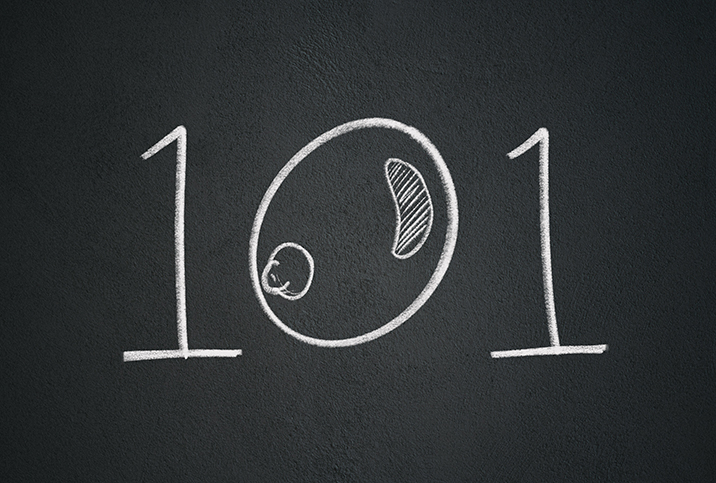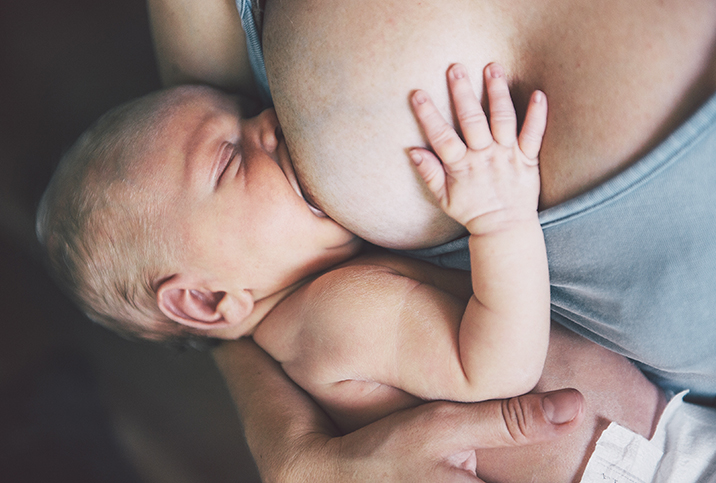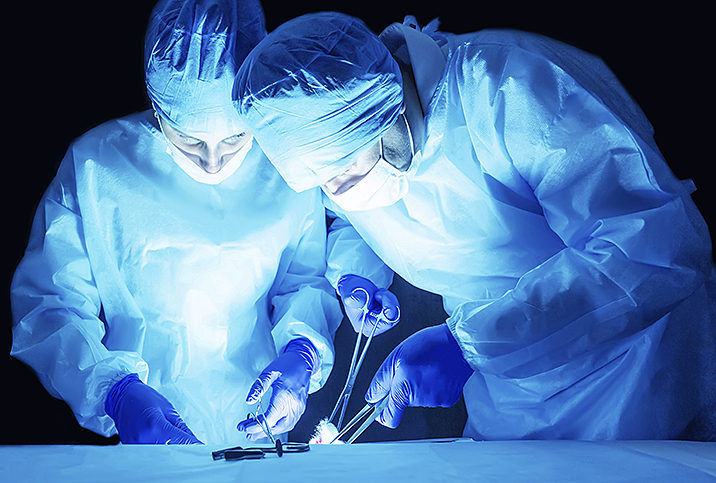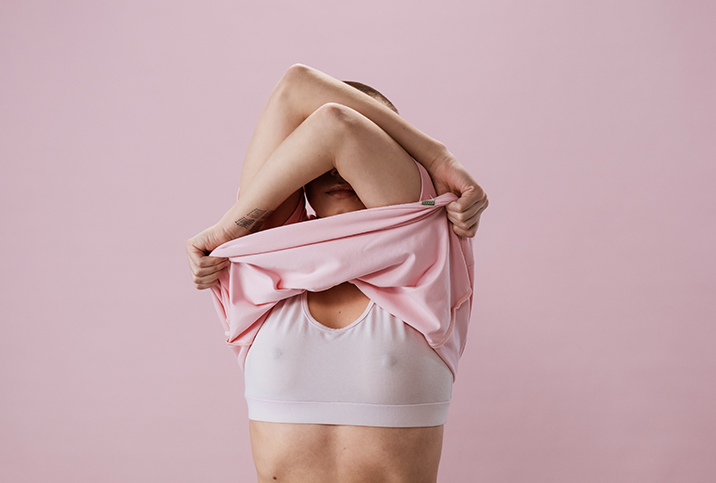Breast Conditions 101

It's normal for your breasts to change during your monthly cycle—and also throughout the course of your lifetime.
Hormone fluctuations during menstruation, pregnancy and menopause; variations in diet, exercise or stress levels; and changes in birth control can all cause your breasts to change shape, size and texture.
Most women develop a breast condition at some point during their life.
Because your breasts might seem different today than they did yesterday, it can be hard to gauge the difference between a hormonal fluctuation and something that needs medical attention. It helps to know what signs and symptoms to look for, and it's crucial to keep in mind that any significant breast changes are worth a trip to the doctor.
Most women develop a breast condition at some point during their life. It's important to be familiar with common breast conditions—and to stay up to date on doctor's visits and self-exams—so you can protect the health of your breasts.
Fibroadenomas
A fibroadenoma is one of the most common breast conditions, especially for young women. About 10 percent of women develop these benign tumors, which feel like rubbery marbles. These tumors don't hurt but may change in texture or become tender during menstruation. Fibroadenomas may shrink or disappear on their own, but they sometimes require a biopsy or surgery. It is not common for these tumors to develop into cancer, but it does sometimes happen.
Mastitis
Mastitis most commonly occurs in women who are breastfeeding, but it sometimes occurs in non-breastfeeding women and men. Mastitis is an inflammation of tissue caused by a blocked milk duct, or by bacteria that has entered the breast through the milk duct or cracked skin on the nipple. Symptoms include pain, tenderness, redness, swelling, skin that is warm to the touch, fever and fatigue. Taking care of your breasts after giving birth can help prevent mastitis.
Cysts
Cysts are fluid- or air-filled sacs that can form anywhere on the body. Cysts are common and benign, so unless they are causing discomfort, they are not usually a cause for concern. Breast cysts develop on the glandular tissue inside the breast. Cysts can be drained with fine needle aspiration, surgically removed or treated with hormone therapy.
Fat necrosis
If fatty tissue on the breast is injured, a lump can form on the damaged area, causing a breast condition called fat necrosis. The skin around the lump may appear red, dimpled or bruised. It is sometimes but not always painful. If the lump does not clear up on its own—or is causing serious pain—the doctor may recommend surgery.
Breast cancer
It's important to get regular breast exams and mammograms to diagnose breast cancer early. An estimated 3.8 million women in the United States have been, or are currently being, treated for breast cancer. It is the most common form of cancer worldwide and accounts for 12 percent of new cancer diagnoses each year. Early symptoms include a lump or thickening in the breast; a change in size, shape or appearance; changes to the skin such as dimpling, redness, peeling or flaking skin; or a newly inverted nipple.
Most breast conditions are easily treatable, but being proactive about breast health can end up saving your life. Stay informed, up to date and in tune with your body to know what changes are normal, and when to reach out to your doctor for advice.

















